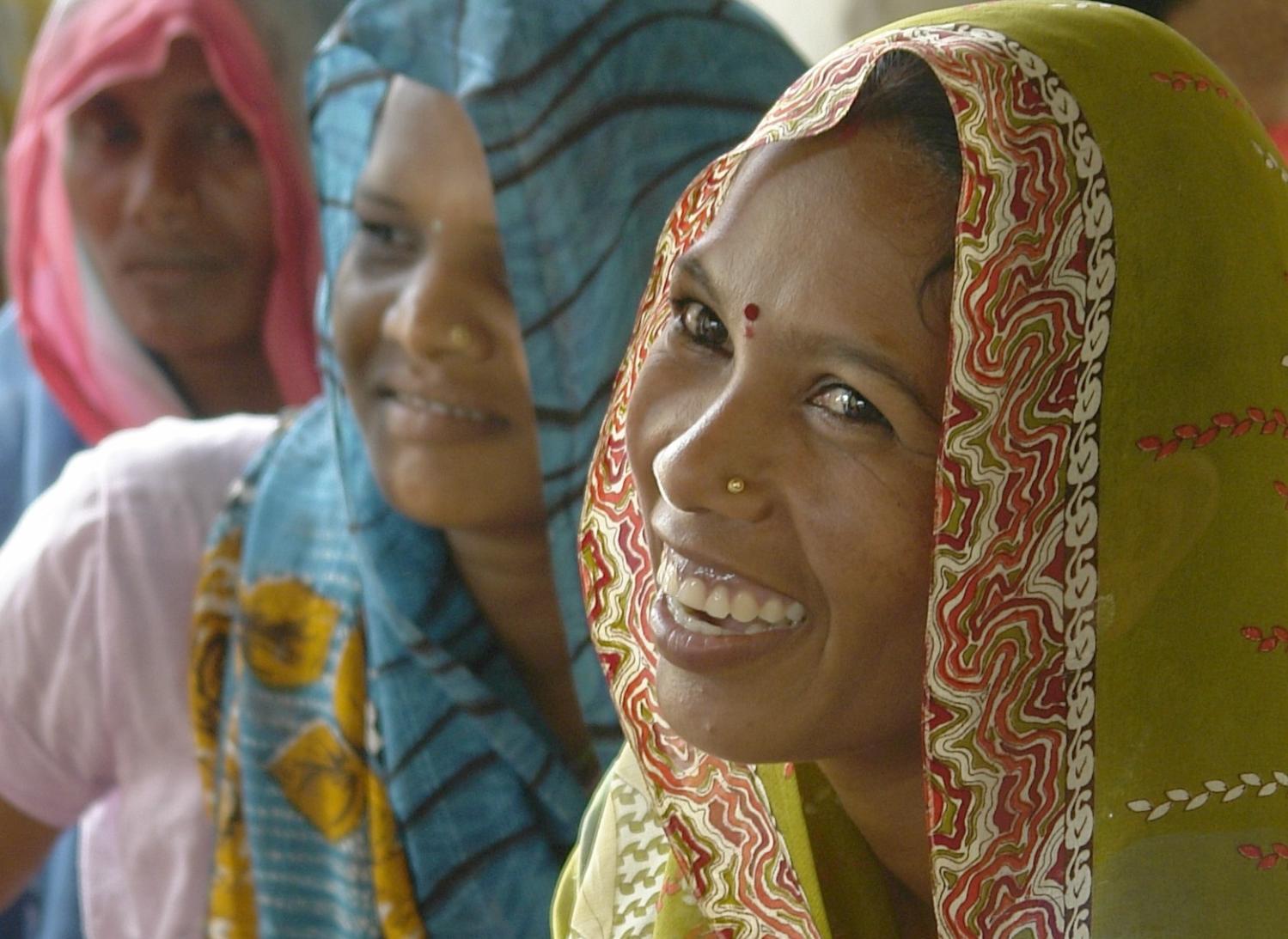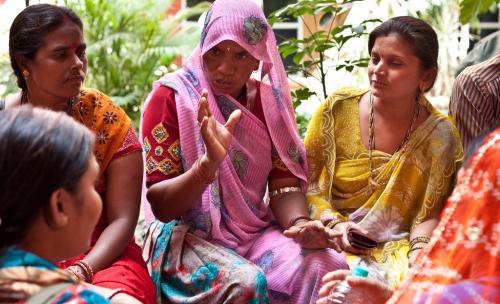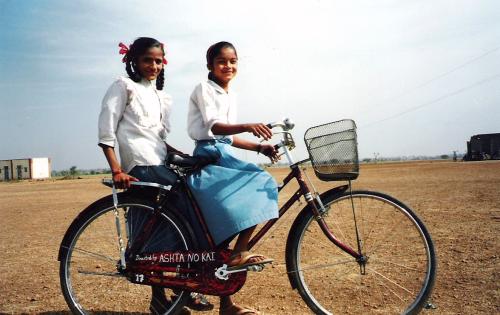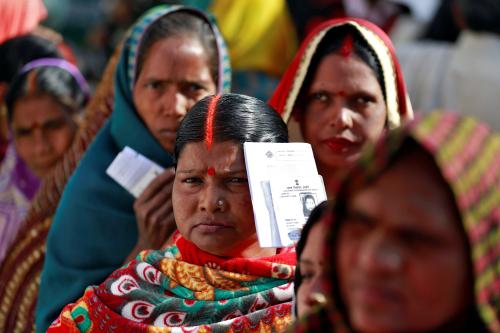Content from the Brookings Institution India Center is now archived. After seven years of an impactful partnership, as of September 11, 2020, Brookings India is now the Centre for Social and Economic Progress, an independent public policy institution based in India.
Brookings India Senior Fellow Shamika Ravi recently presented glimpses of her work on women and representative governance in India to a group of students from New York University. Dr. Ravi presented her research through three main perspectives namely, governance, representation and potential solutions. Her research has been inspired by the ‘missing women’ phenomenon noted by Prof. Amartya Sen.
A steady increase has been observed in the turnout of female voters, including the BIMARU states (Bihar, Madhya Pradesh, Rajasthan and Uttar Pradesh). With the increasing voter turnout, greater benefits are possible for women in these states. An illustration commonly cited is that of the Bihar elections in 2005, when the percentage of women voters, voting for JD (U) was unprecedented in Bihar’s electoral history. Once in power, the victorious party announced a slew of schemes targeted at the women including the popular Mukhyamantri Nari Shakti Yojana (MNSY) which seeks to empower women by allowing easier access to financial support for livelihood activities.
In considering the question of female representation, evidence from available studies points to an increase in women leaders globally over the last 20 years. Data also shows a significant increase in female representation from the 1st Lok Sabha to the 15th. The study used state-wise elections across 50 years to understand the implications for women candidates. The results point towards greater number of women candidates from the states that report a skewed sex ratio towards women. This can be interpreted as the women from more developed states choosing to seek representation through voting. However, it also means that given the lower ratio of women voters in the socially backward states, there are few victorious women candidates.
Most solutions proposed for this phenomenon revolve around compensatory justice, delivered in the form of women’s reservation in India. Discussions regarding the efficacy of representation strongly champion the need for focused reservation (specifically targeting those constituencies where the sex ratio is blatantly skewed). However, extending this debate further, one can argue that since the average Indian voter is male, a female candidate will still promote gender based policies to cater to her majority vote base. Though lowering the entry cost of a female candidate will help create a pipeline of women leaders, which can lead to a larger proportion of women leaders in the future.
The Brookings Institution is committed to quality, independence, and impact.
We are supported by a diverse array of funders. In line with our values and policies, each Brookings publication represents the sole views of its author(s).








